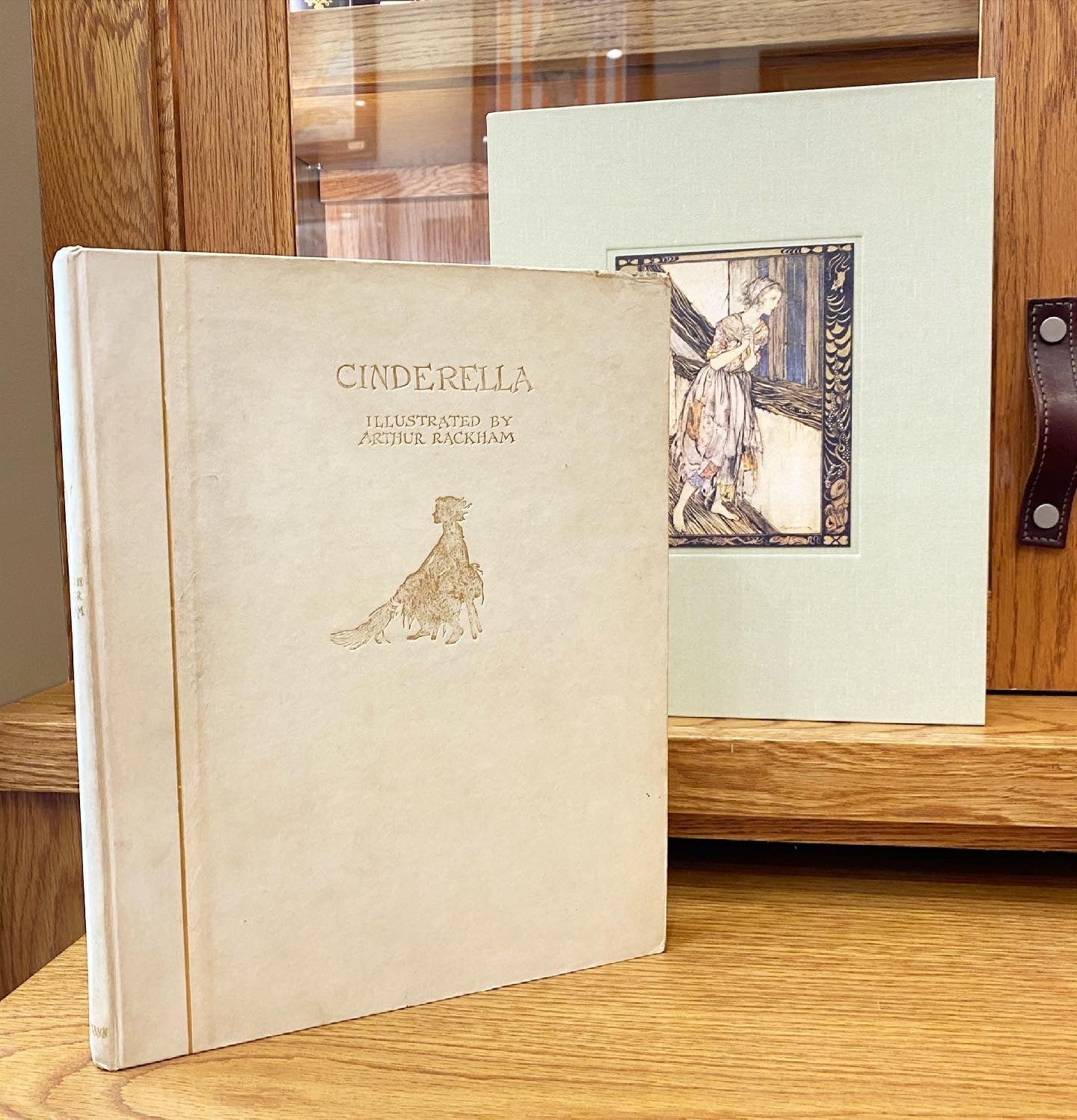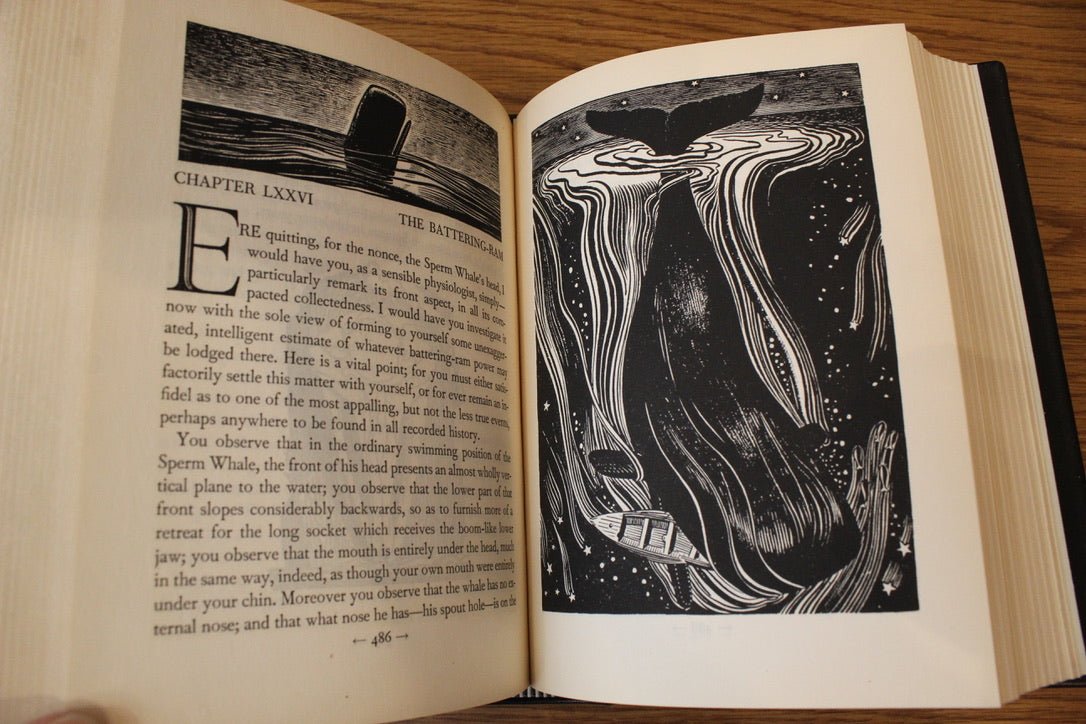Edward S. Curtis: Photographing Native Peoples
Edward S. Curtis created one of the most enduring and iconic visual records in the history of the photographic medium. Read more about his life’s work and the impact his photographs had on the world.
A Timeless View of the Native Peoples
Edward S. Curtis was an award-winning artist, a consummate craftsman, an intrepid entrepreneur, and was highly regarded as a respected ethnographer and publisher. Curtis traveled by foot and by horse into the Indian territories, with the aim to capture the spirit of the peoples with film. He lived among the tribes, photographing the people and bringing back his work to be published and shared with the masses.
His life’s work was intended to be a timeless view of the Native peoples “able to convey a dignity, universal humanity and majesty that transcend literally all other work ever done on the subject” (Bruce Kapson Gallery).
Curtis began photographing Native Americans in the mid-1890s, selling images in his successful downtown Seattle studio. He spent the summer of 1900 with George Bird Grinnell observing the Sun Dance at an encampment of Blood, Blackfeet, and Algonquin in Montana. This was a pivotal experience for Curtis, confirming his desire to study and photograph the Native tribes of North America. Curtis envisioned a plan to create a massive scholarly and artistic work that would document the tribes west of the Mississippi, their ceremonies, beliefs, daily life, and landscapes. Over more than two decades, Curtis turned these pictures and observations into The North American Indian, a 20-volume chronicle of 80 tribes.
Curtis’ plan to create his scholarly and artistic work, The North American Indian,was based around the idea of documenting the tribes west of the Mississippi as well as their ceremonies, beliefs, daily life, and landscapes. In 1906, Curtis approached railroad tycoon J.P. Morgan to request financial assistance for his project. Morgan agreed to pay him a total of $75,000, or $15,000 per year for five years. Morgan and Curtis decided that Curtis' masterwork, The North American Indian, would be a set of 20 volumes of ethnographic text illustrated with high quality photoengravings taken from his glass plate negatives. Each of these volumes would be accompanied by a portfolio of large size images, all sumptuously bound in Moroccan leather. The papers used for printing would also be of the best quality: a Dutch etching stock by Van Gelder, a Japanese vellum, and for the most discerning subscribers, a translucent Japanese tissue paper. To fund publication, Curtis would sell subscriptions at approximately $3,000 per set, with a total of 500 sets to be published.
An ambitious and extensive project, Curtis spent much of his life documenting as many Native tribes as possible. The importance and the urgency of the task was clear to him, as he wrote in the introduction to his first volume of The North American Indians in 1907, "The information that is to be gathered ... respecting the mode of life of one of the great races of mankind, must be collected at once or the opportunity will be lost."
In 1930, some 24 years after his initial request for funding, the last two volumes, Vol. 19 and Vol. 20, were published and The North American Indian project was finally completed. Curtis took over 40,000 photographs and made over 10,000 wax cylinder recordings to detail the lives, languages, and beliefs of over 80 different tribes.
Curtis co-created this unparalleled artistic, anthropological record with an estimated 10,000 Native participants. Curtis’ work was designed to be a partnership between himself and the Native Americans, as he once remarked that he worked under the premise of “We, not you. In other words, I worked with them, not at them.”
Curtis’ work changed the way an entire nation viewed Native Americans. He accomplished this at a time when some individuals were actively advocating for the continued relocation of numerous tribes. Today, many Native people and their tribes find Curtis’ work an invaluable source for cultural and linguistic revivification.
“It is estimated that producing The North American Indian today would cost more than $35 million” (Smithsonian, King).
The Vanishing Race
Curtis believed that he was in
“a desperate race against time to document, with film, sound and scholarship, the North American Indian before white expansion and the federal government destroyed what remained of their natives’ way of life” (Smithonian, King).
This is an extremely scarce gelatin silver print of The Vanishing Race by Edward S. Curtis. Chosen by Curtis as the first photograph in his epic photographic chronicle The North American Indian, The Vanishing Race is the most celebrated image of Curtis’ career. Curtis photographed this scene of Navajo disappearing down a trail head in 1904. It is offered here in a very rare gelatin silver print format and even rarer size. The photograph is signed by Curtis in red wax pencil.

No single image embodied the project better than The Vanishing Race, his picture of Navajo riding off into the distance. The Vanishing Race was photographed in 1904 during an early trip to document the Navajos' Yeibechei Dance near Chinle, Arizona. To Curtis, the photo epitomized the plight of the Indians, who were “passing into the darkness of an unknown future.”
After searching for an iconic image to illustrate this idea for nearly four years, once created, The Vanishing Race became Curtis’ signature piece and was used as the visual metaphor for Curtis’ entire thirty-year project. Curtis later selected The Vanishing Race to be used as the first image, Plate I in Portfolio I of The North American Indian.
Curtis rarely printed his images as silver prints. In the early 20th century, photogravure was the preferred printing process for publication of images, due to the ease and cost of the printing medium. As such, it made sense for Curtis and his publishers to reproduce his photographs as photogravures in bound volumes and accompanying portfolios. Not surprisingly, The North American Indian consists entirely of photogravures.
In contrast, the silver printing requires the photographer’s hand at every turn. Gelatin silver prints are made by enlarging the photographic negative or plate in an enlarger and exposing light through the negative image onto a photographic paper in the dark. The paper itself is coated with an emulsion of silver salts in gelatin and when processed in photographic chemicals, the substrate reveals a latent image on the surface of the paper. The gelatin silver process was first introduced in 1871 by Richard Leach Maddox and within a span of 20 years from its inception, Curtis mastered the art of silver printing. Curtis’ silver prints show extraordinary technical prowess in the medium.
Curtis’ gelatin silver prints and platinum prints make up less than 1% of all of the work he created. Curtis’ silver prints were created only for exhibition or direct sales to patrons and they were always made by Curtis himself. It is hard to quantify exactly how many silver prints of each image have surfaced because Curtis didn’t document how many he printed. One significant dealer in Curtis prints estimated “twenty five silver print examples of each image to have surfaced.” Curtis silver prints, of any size, are very rare and almost never appear on the auction market.
This silver gelatin print of The Vanishing Race was most likely printed by Curtis specifically for his East Coast exhibition tour of 1905-1906. Curtis chose only a small number of what he believed to be his finest negatives from which to produce one or two prints for the show. He never again mounted an exhibition of his work, nor produced such distinctive, large-format prints. After 1905, Curtis also discontinued his practice of signing in red wax pencil. The exceptional rarity and significance of this print cannot be understated.








